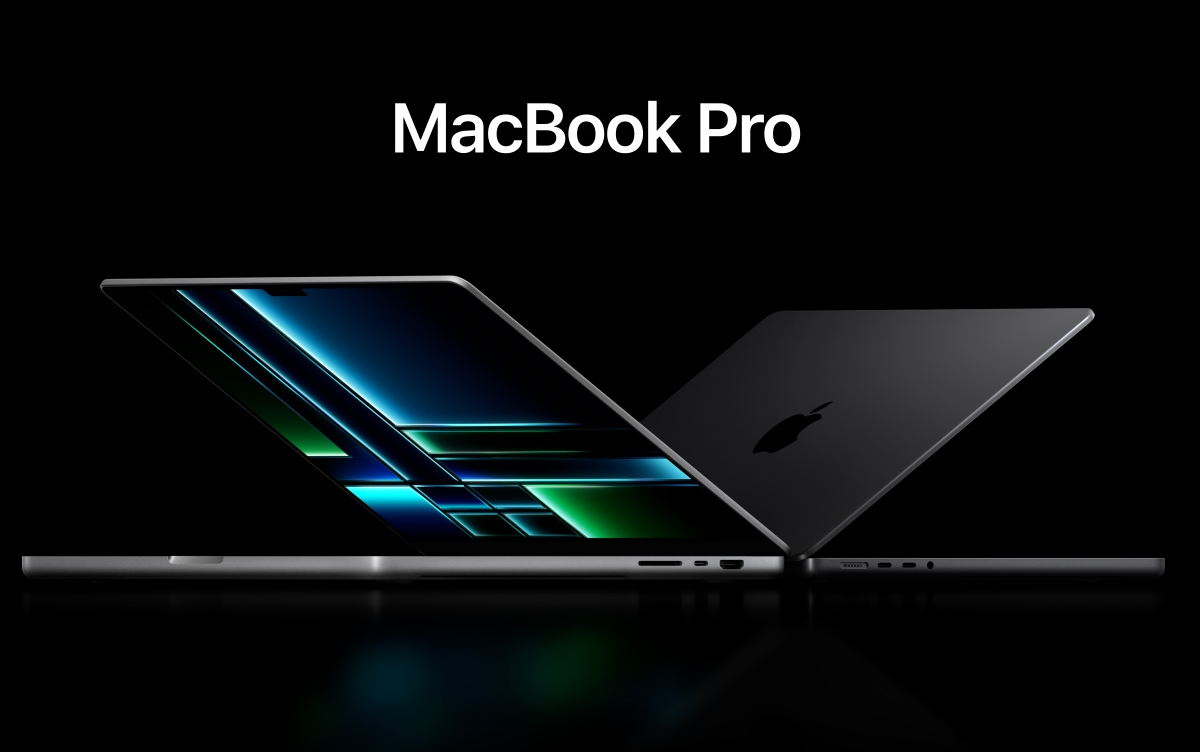When it comes to choosing a new MacBook, the decision between the MacBook Air and MacBook Pro can be a daunting task. Apple’s lineup offers powerful and sleek options, each catering to different user needs. In this guide, we’ll delve into the MacBook Air vs. Pro debate, exploring the key features, differences, and considerations to help you make an informed decision.
Design and Portability:
The MacBook Air and MacBook Pro have distinct design philosophies, and your choice may depend on your lifestyle and preferences. The MacBook Air is celebrated for its ultrathin and lightweight profile, making it a favorite among on-the-go professionals and students. Its tapered edges and compact form factor contribute to its portability, ensuring it effortlessly slips into backpacks and briefcases.
On the other hand, the MacBook Pro, while slightly heavier, boasts a more robust build. It is ideal for users who prioritize durability and need a machine capable of handling demanding tasks. The Pro’s unibody aluminum chassis not only enhances its structural integrity but also exudes a premium feel.
Performance:
The performance discrepancy between the MacBook Air and MacBook Pro is a pivotal factor influencing the decision-making process. The MacBook Air, equipped with Apple’s M1 chip, delivers remarkable performance for everyday tasks, providing seamless web browsing, document editing, and multimedia consumption. It is a stellar choice for casual users who don’t require intensive computing power.
If your endeavors involve resource-intensive applications such as video editing, graphic design, or software development, the MacBook Pro might be the better fit. The Pro models come with higher-end processors and enhanced thermal management, ensuring sustained performance under heavy workloads. The inclusion of a dedicated GPU in certain Pro configurations further bolsters its capabilities, making it a powerhouse for creative professionals.
Display Quality:
The display is another critical aspect to consider in the MacBook Air vs. Pro decision. The MacBook Air features a Retina display with True Tone, offering vibrant colors and sharp clarity. It’s perfect for general use, streaming content, and casual photo editing. The lack of a ProMotion display might not be a dealbreaker for most users, but it’s worth noting for those who prioritize a higher refresh rate for smoother visuals.
The MacBook Pro, however, steps up the display game. With a ProMotion display featuring a 120Hz refresh rate, it provides a more responsive and fluid user experience. The Pro models also offer higher brightness levels, making them suitable for professional photo and video editing where color accuracy is paramount.
Storage and Memory:
Choosing the right amount of storage and memory is crucial, depending on your usage patterns. The MacBook Air typically starts with a lower base storage capacity but compensates with the efficiency of the M1 chip, ensuring smooth performance even with lower RAM configurations. For users with moderate storage needs and who primarily rely on cloud services, the MacBook Air might suffice.
In contrast, the MacBook Pro, with its higher-end configurations, provides more storage options and allows for increased RAM capacity. This is beneficial for users working with large files, running virtual machines, or engaging in memory-intensive tasks. Creative professionals and those dealing with extensive datasets may find the Pro’s expanded capabilities indispensable.
Battery Life:
The remarkable battery life of the MacBook Air is one of its best qualities. The energy-efficient M1 chip allows the Air to run for up to 15 hours on a single charge, which makes it a great partner for extended work or study periods without requiring a power source. This longevity is a significant advantage for those who value portability and require a laptop that can keep up with their dynamic lifestyle.
While the MacBook Pro’s battery life may not reach the same heights as the Air, it still offers respectable performance. The Pro models are equipped with larger batteries to accommodate the increased power demands, ensuring that they can handle demanding tasks while maintaining reasonable battery longevity. For users who need a balance between power and portability, the MacBook Pro strikes a commendable equilibrium.
Connectivity:
Both the MacBook Air and MacBook Pro share a similar set of connectivity options, including Thunderbolt/USB 4 ports and a headphone jack. However, the Pro models tend to offer additional Thunderbolt ports in their higher-end configurations, providing more flexibility for users with multiple peripherals or external displays.
The MacBook Pro’s inclusion of the MagSafe charging connector is also worth noting. The magnetic connection ensures a secure attachment, minimizing the risk of accidental disconnection. This feature is particularly advantageous for users in environments where the laptop may be subject to movement or disturbances.
Conclusion:
In the MacBook Air vs. Pro showdown, the ultimate choice boils down to your specific needs and priorities. If you’re a student, casual user, or someone who values portability and extended battery life, the MacBook Air is an excellent option. Its sleek design, efficient performance, and lower price point make it a compelling choice for everyday tasks.
On the other hand, if your work involves resource-intensive applications, demanding workflows, or creative endeavors, the MacBook Pro is the go-to option. Its powerful processors, enhanced display, and additional connectivity options cater to the needs of professionals who require a robust and versatile machine.
Whichever MacBook you choose, rest assured that Apple’s commitment to quality, performance, and user experience will provide you with a reliable and capable device for years to come. Assess your priorities, weigh the features, and make an informed decision that aligns with your computing needs and preferences.

